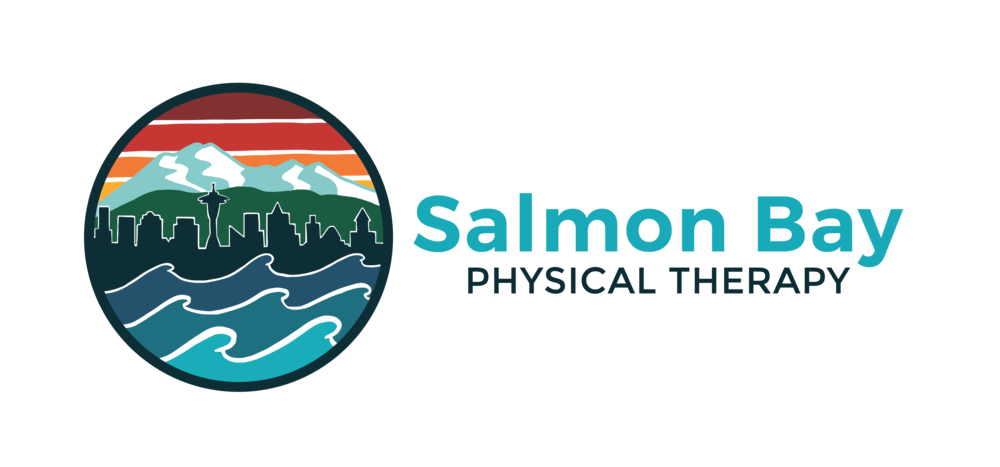Physical therapists frequently analyze the running mechanics of individuals in a clinical setting, as running is an activity that carries with it a relatively high rate of injury. In fact, per athlete more injuries occur from running than from CrossFit, a sport with a reputation for being injury provoking. Far too often in working with runners, I hear many individuals talk about their tendency to pronate during the running cycle, as if pronation is a 4-letter word and the root cause of all running-related injuries. However, I’m here to tell you today that pronation is a perfectly normal and healthy aspect of the running cycle, allowing us to absorb shock and conform to undulations in the ground, as a pronated foot tends to be more pliable and flexible. Here is a synopsis of the foot position at various points in the running cycle:
At initial contact (heel strike in approximately 80-90% of individuals), the foot is held in a supinated position, which means the arch of the foot is high and the foot as a whole is more rigid.
As you transition from initial contact to a foot flat position, the foot transitions from a supinated position to a pronated position in order to quickly dampen the force from striking the ground and conform to the contours of the ground. An inability to pronate during this phase would expose the tissues in your foot to higher amounts of force, making running more uncomfortable. This would be similar to jumping off of a table and landing on locked knees.
As you transition from a foot flat position to push-off, the foot must quickly transition back to a supinated position from a pronated position in order to efficiently propel you forward. As we mentioned earlier, a supinated foot is more rigid and a pronated foot is more flexible. A greater propulsive force can be generated by pushing off of a rigid foot compared to pushing off of a flexible foot. The inability to re-supinate the foot for push-off would feel similar to running in sand.
So as you can see, pronation is not a bad thing. Too much pronation or at the wrong times in the running cycle could be problematic, but that is true of supination as well. Furthermore, research on the link between pronation and running-related injury is a bit inconclusive. While it is true that some running-related injuries have been correlated with excessive pronation, there is some evidence that it can actually be a compensatory protective strategy in runners.
The foot has been shown to excessively pronate as a result of a lack of stability up the chain, typically at the hip joint. Therefore, it may not always be wise to simply jam an orthotic insert in your running shoes if you have been told you are “over pronating” when you run. A running analysis along with a thorough orthopedic physical therapy examination should precede any decision on the use of orthotic inserts or footwear selection. How we run is determined by more than just the foot and we need not blame all of our running aches and pains on pronation.





